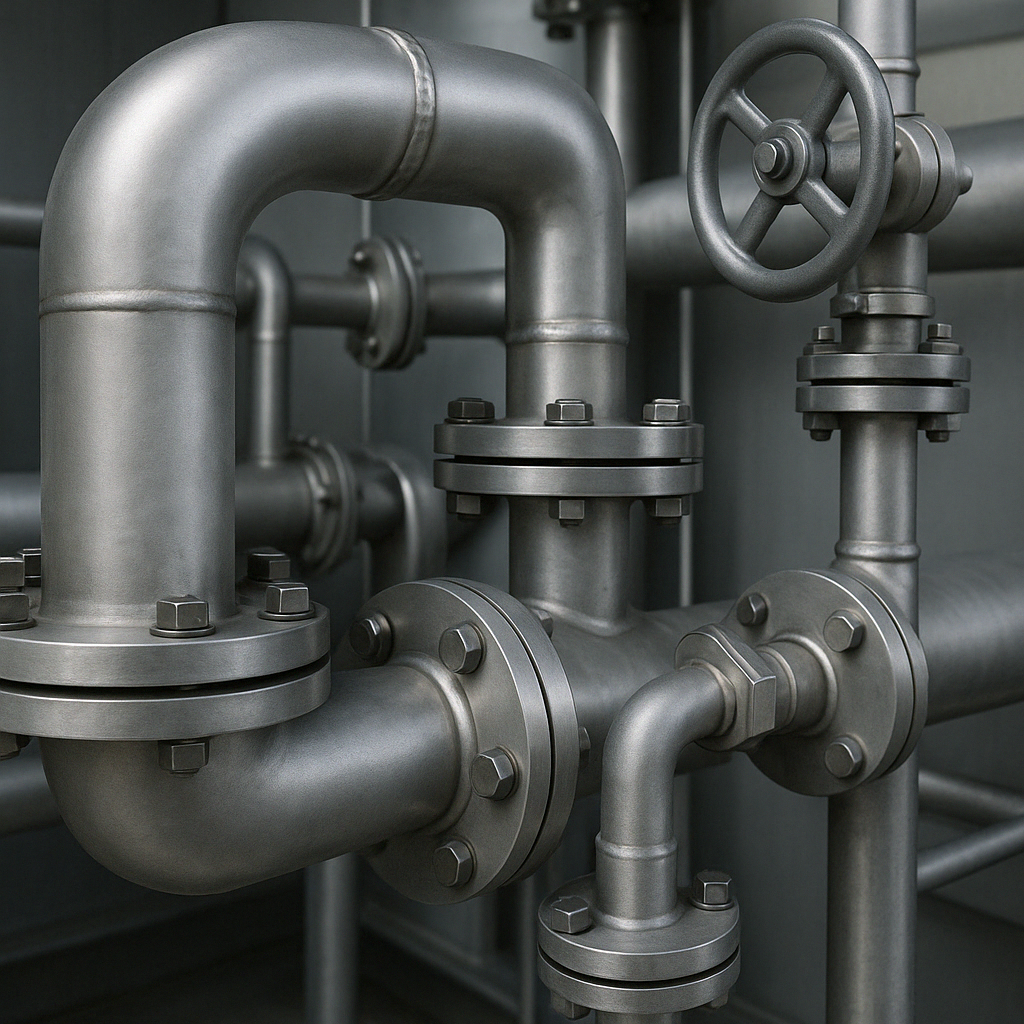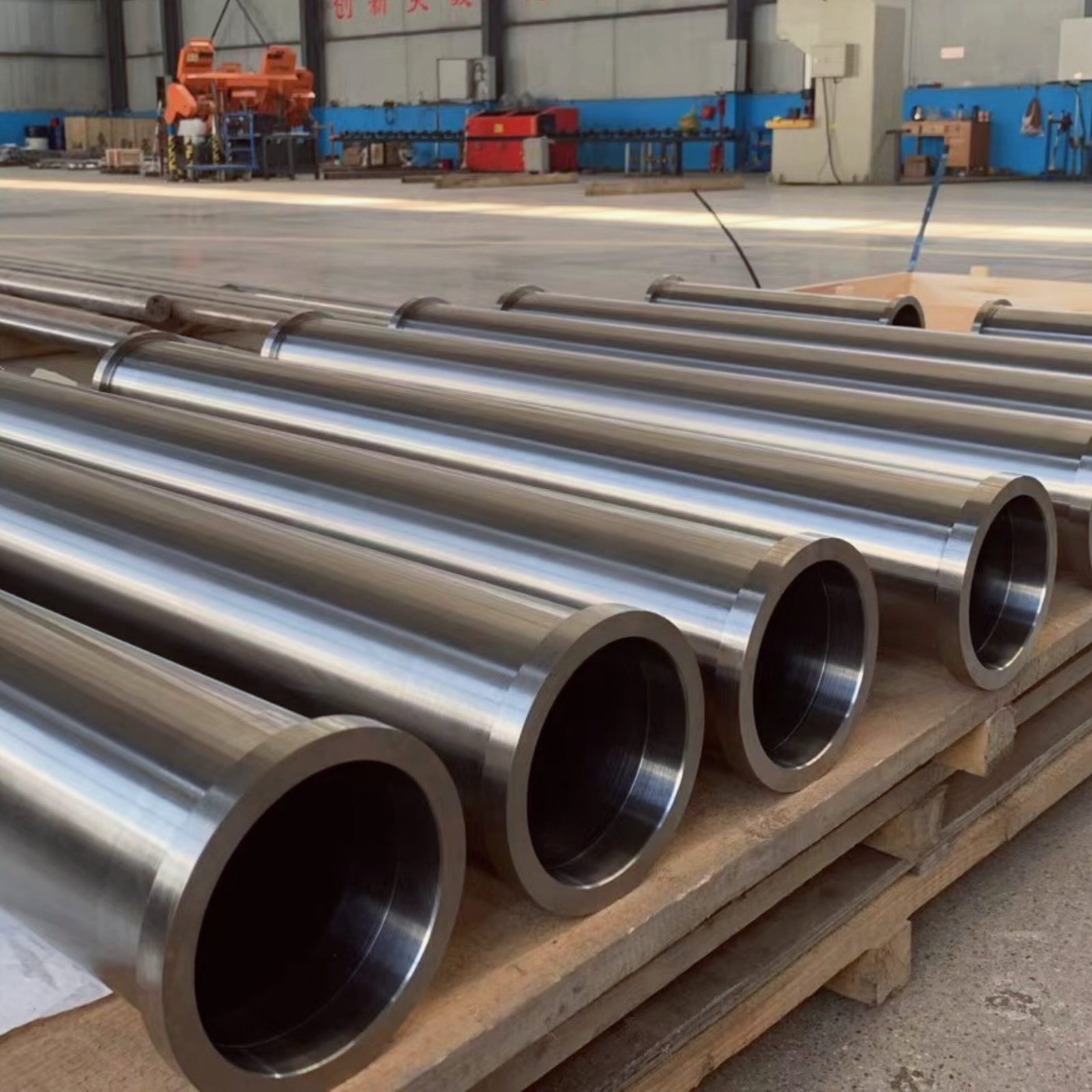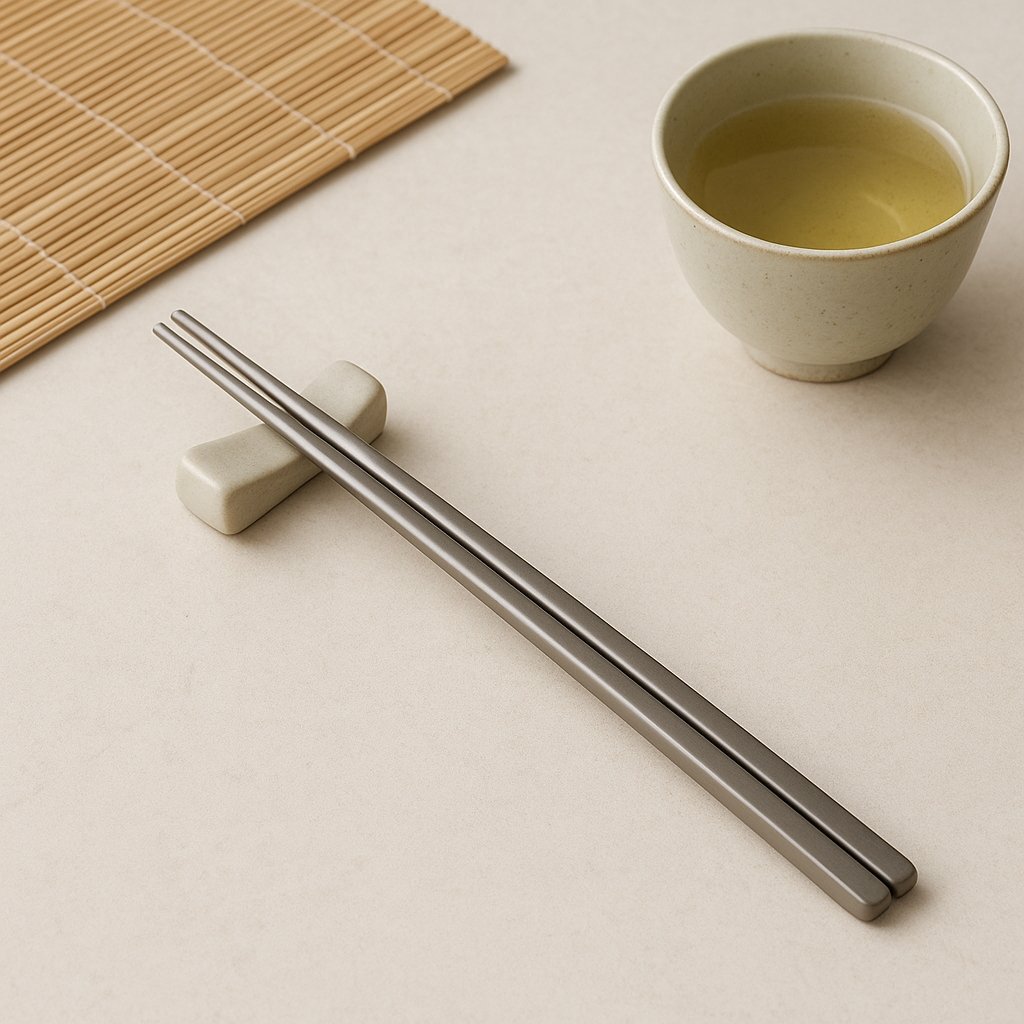Why do aircraft crash and implants fail? Often because someone chose the wrong titanium grade. Your project's success starts with this critical decision.
Titanium grades differ in strength, corrosion resistance and biocompatibility. Grade 2 works for pipes but fails in hips. Grade 5 suits aircraft but corrodes in chemicals. Matching grade to application prevents costly failures.
Let's explore how tiny changes in titanium composition create vastly different performance characteristics.
Titanium Alloy Categories: How Does Crystal Structure Affect Performance?
A single atom difference can make titanium brittle or flexible. Why does structure matter so much?
Titanium exists in three structural forms: alpha (stable), beta (strong), and alpha-beta (balanced). Alloying elements control which form dominates, directly impacting mechanical properties.
The Titanium Triangle: Structure vs Properties vs Applications
Alpha Alloys (CP Grades 1-4)
- Structure: Hexagonal close-packed
- Key Elements: Oxygen, Aluminum
- Pros:
- Excellent corrosion resistance
- Good weldability
- High-temperature stability
- Cons:
- Lower strength
- Limited hardenability
- Best For: Chemical processing equipment (Grade 2), cryogenic vessels (Grade 4)
Alpha-Beta Alloys (Grade 5, 23) - Structure: Mixed alpha+beta phases
- Key Elements: 6% Al, 4% V
- Pros:
- High strength-to-weight
- Good fatigue resistance
- Heat treatable
- Cons:
- More difficult to weld
- Limited high-temp use
- Best For: Aircraft components, orthopedic implants (Grade 23 ELI)
Beta Alloys (Grade 19, 20) - Structure: Body-centered cubic
- Key Elements: Vanadium, Molybdenum
- Pros:
- Highest strength
- Cold formability
- Deep hardenability
- Cons:
- Higher cost
- Potential brittleness
- Best For: Springs, fasteners, marine hardware
Commercially Pure Titanium: When Should You Use Grades 1-4?
90% of titanium failures occur when engineers wrongly assume "pure means better." When does CP titanium actually work best?
CP titanium (Grades 1-4) excels in corrosion resistance but lacks strength. Grade 2 dominates industrial uses, while Grade 4 handles higher stresses in marine applications.CP Titanium Selection Guid
| Grade | Tensile Strength (MPa) | Key Differentiator | Industrial Use | Medical Use |
|---|---|---|---|---|
| 1 | 240-370 | Most ductile | Chemical tanks | None |
| 2 | 345-480 | Balanced properties | Heat exchangers | Non-load bearing |
| 3 | 450-590 | Intermediate strength | Aerospace skins | Surgical tools |
| 4 | 550-750 | Highest CP strength | Pressure vessels | Bone screws |
Critical Note: Oxygen content increases strength but reduces ductility:
- Grade 1: 0.18% max oxygen
- Grade 4: 0.40% max oxygen
Grade 5 vs Grade 23: Which Performs Better in Critical Applications?
Two identical-looking titanium rods—one fails in 5 years, one lasts decades. The difference? Grade selection.
While both contain 6% aluminum and 4% vanadium, Grade 23 (ELI) has stricter controls on oxygen/iron content, making it essential for medical implants and aerospace safety components.
Head-to-Head Comparison
Chemical Composition Limits
| Element | Grade 5 (R56400) | Grade 23 ELI (R56401) |
|---|---|---|
| Oxygen | 0.20% max | 0.13% max |
| Iron | 0.25% max | 0.25% max |
| Nitrogen | 0.05% max | 0.05% max |
| Hydrogen | 0.015% max | 0.0125% max |
Performance Differences
- Fatigue Life:
- Grade 5: 10^7 cycles at 500MPa
- Grade 23: 10^7 cycles at 550MPa
- Fracture Toughness:
- Grade 5: 60 MPa√m
- Grade 23: 70 MPa√m
- Medical Compatibility:
- Grade 5: May cause slight tissue reaction
- Grade 23: Nearly inert in body fluids
Specialty Grades: When Do You Need Grade 7, 9 or 12?
Leading paragraph:
Standard titanium grades corrode in minutes inside chemical plants. Specialty alloys prevent catastrophic failure.
Snippet paragraph:
Grades 7 (palladium-enhanced), 9 (tube-grade), and 12 (molybdenum-alloyed) solve specific challenges like acid resistance, formability, and saltwater corrosion.Problem-Solution Match Guide
For Acid Exposure (Grade 7)
- Problem: Hydrochloric acid eats standard titanium
- Solution: 0.15% Pd creates passive film
- Applications: Pickling tanks, acid recovery
For Tube Bending (Grade 9)
- Problem: Grade 5 cracks during forming
- Solution: Ti-3Al-2.5V alloy bends easier
- Applications: Hydraulic lines, bike frames
For Marine Use (Grade 12) - Problem: Crevice corrosion in seawater
- Solution: 0.3% Mo + 0.8% Ni stabilizes oxide
- Applications: Desalination plants, ship hulls
Conclusion
Choosing titanium isn't about picking the strongest grade—it's about matching alloy properties to your exact mechanical, chemical and thermal demands for optimal lifetime performance.





